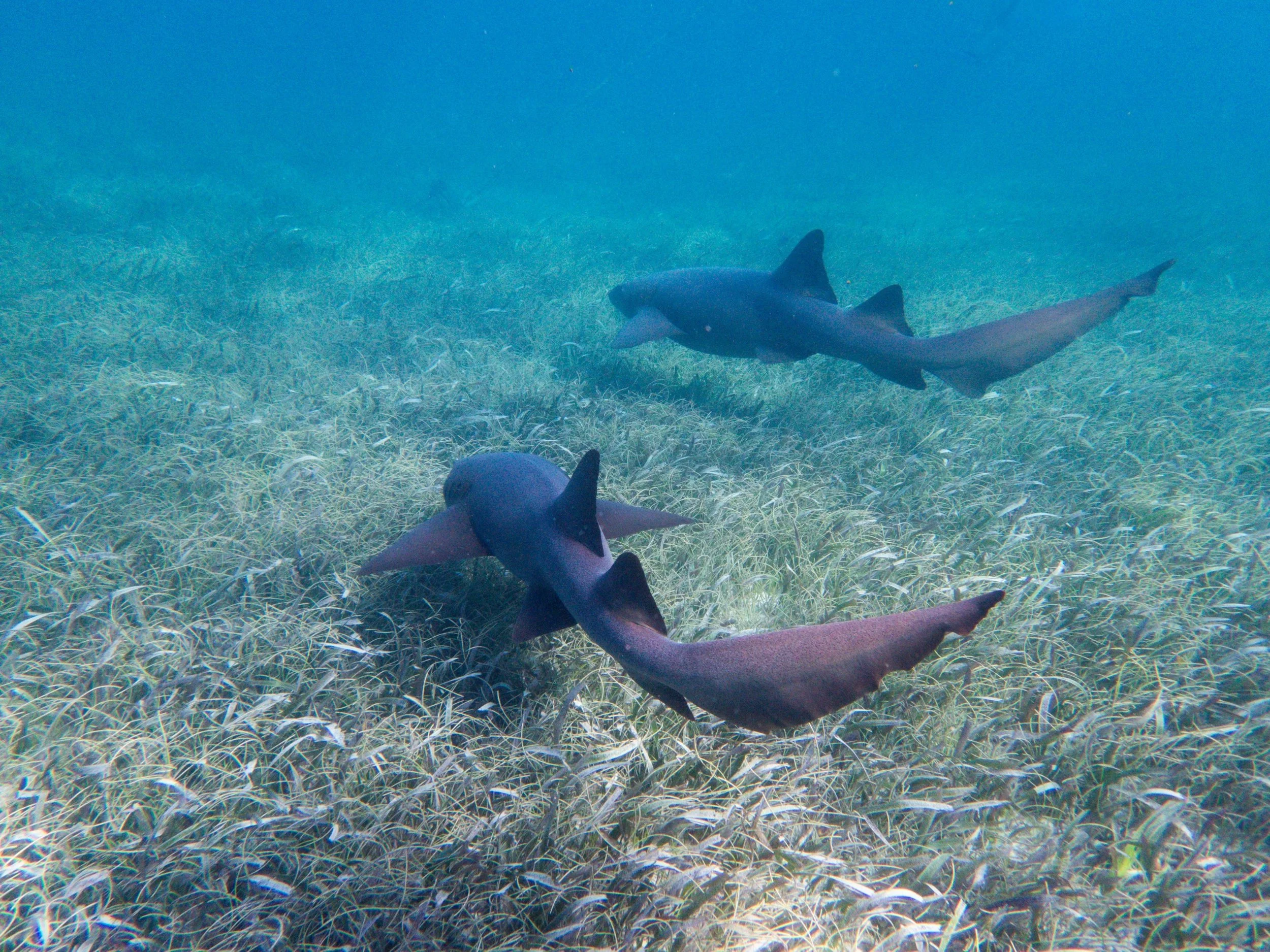
Seagrass Recovery Thresholds: Defining Nutrient Load Limits for Florida’s Coastal Estuaries
Florida’s seagrass meadows are in rapid decline, driven by nutrient pollution, boating impacts, and climate stressors. Restoration projects often replant seagrass, but few studies identify the nutrient reduction thresholds required for natural recovery. This project will combine field monitoring and experimental mesocosms to track seagrass growth, community composition, and carbon storage potential under varying nutrient-load reduction scenarios. By establishing quantitative benchmarks for water quality improvements necessary to trigger recovery, the research will provide managers with actionable targets to reverse habitat loss in estuaries such as Florida Bay, Tampa Bay, and the Indian River Lagoon.
Why it matters
Habitat protection: Seagrass beds are critical nurseries for fish and sharks, and key to water clarity and carbon sequestration.
Restoration efficiency: Establishing nutrient thresholds will save millions by identifying when natural recovery is possible versus when planting is required.
Policy bridge: Results will guide DEP, FWC, and Florida’s Seagrass Restoration Initiative, supporting new rules on nutrient discharge and stormwater management.







